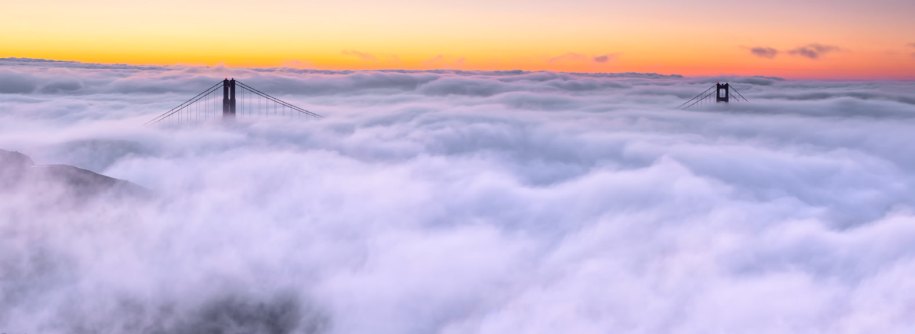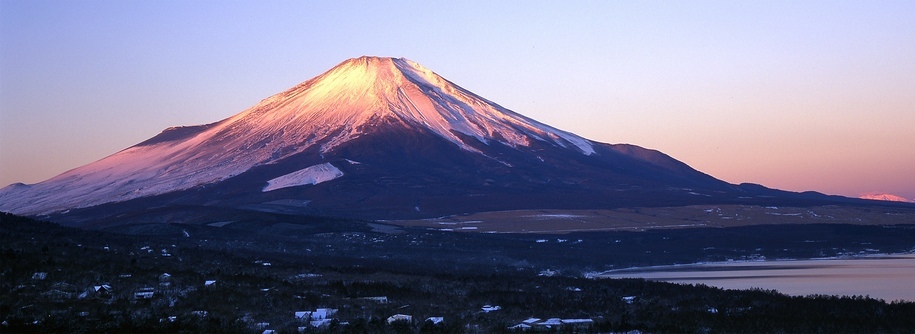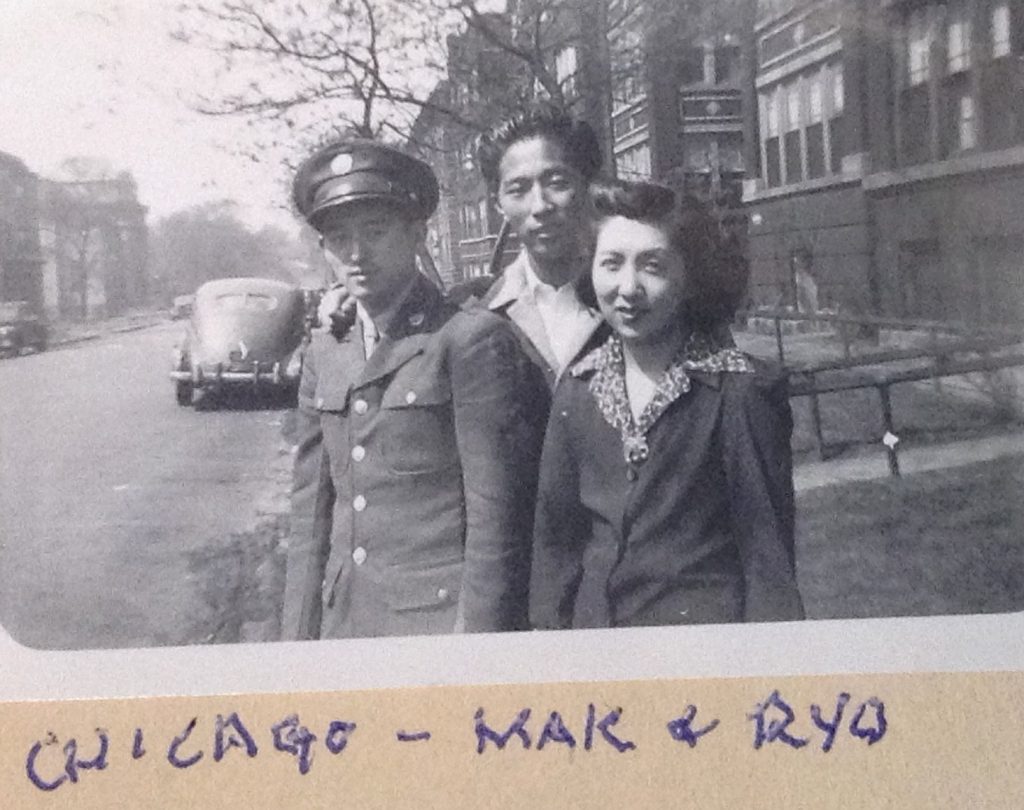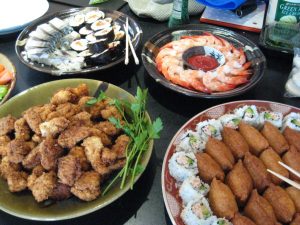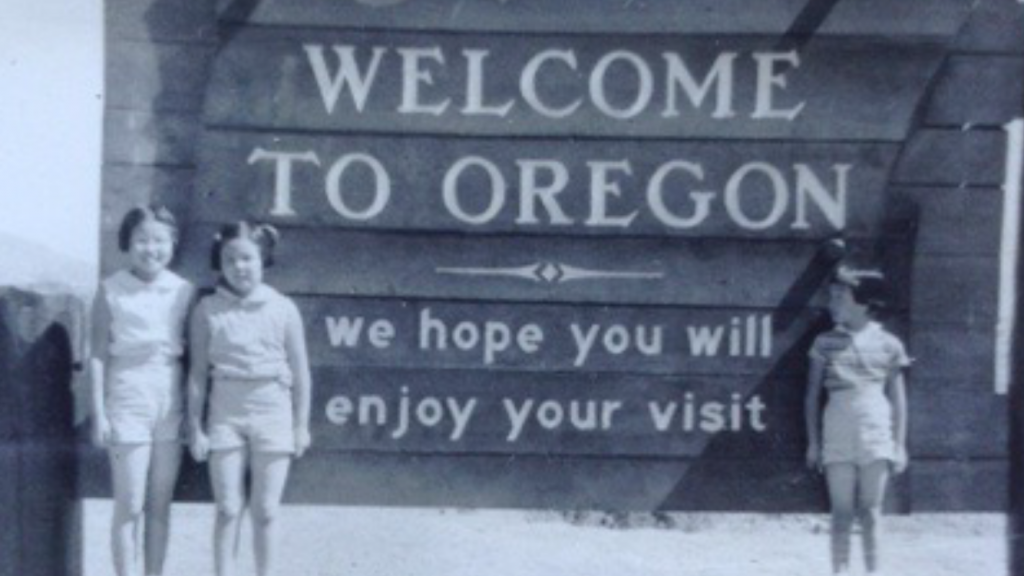Kiyo’s story, part 10: 1945 In December of 1944, the Supreme Court ruled in favor of Mitsuye Endo, declaring that the United States could not detain loyal citizens. The internment order was rescinded by FDR and Japanese Americans were allowed to go home beginning in January, 1945. (The last camp didn’t close until the end […]
The fork in the road
Kiyo’s story, part 11: 1945 Professor Nimoy, Kiyo’s boss, was Russian Jewish, but had come to the US as a child with his parents. He was a full professor at the University of Chicago and highly respected in his field. He had a wife and three children, two girls and a boy. In exchange for […]
Letters to Topaz: Venturing Out
In the fall of 1942, the War Relocation Authority (WRA), the federal agency in charge of the Japanese-American internment program, began planning what Densho Encyclopedia calls an “ethnic dispersal program”—more commonly referred to as “resettlement.” Japanese-Americans deemed “loyal” (by a somewhat arbitrary and extremely questionable process) could apply for leave from camp in order to […]
A Telegram to Topaz
Once West-Coast Japanese Americans were dispersed and more or less settled in ten concentration camps throughout the interior, letters reached out for reassurance like fragile threads to and from the outside world. A telegram, forwarded by the Red Cross, found its way to my grandmother in Topaz, sent by my father’s mother in […]
Topaz Letters: Journey and Arrival
In September of 1942, Tanforan internees began to be transferred to Topaz Relocation Center in the Utah desert. They wrote from ancient trains carrying them to an unknown and unknowable future, drawing comfort from the kindness of Pullman dining car waiters: September 21, 1942 To my mother, Bldg. 80 – Apt. 3, Tanforan Assembly […]
Letters to Tanforan: Good Friends
Imagine what it must have been like to be a San Franciscan in 1942 who suddenly had friends and acquaintances rounded up en masse and removed to prison camps. Unfortunately, in the current Trumpian nightmare, it is all too imaginable as law-abiding neighbors, coworkers, and other community members are seized, detained, and often deported. But […]
Letters to Tanforan: Left Behind
I do not have any of the letters that my mother wrote from camp. They were dispersed, to Nisei friends scattered all over the country by the “relocation,” to relatives in Hawaii, to non-Japanese friends still in California, to friends serving in Europe. Some may still exist in a dusty basement somewhere. What I do […]
Oshogatsu recipe (for non-cooks)
It’s that time of year – oshogatsu (New Year’s) – for Japanese-Americans, a much bigger deal than Christmas. My grandmother hosted the New Year’s open house on Pine Street before the war, and every year after it until my mother took over the tradition and it moved to the Richmond District. Through the years, traditional Japanese New […]
Writing What You Know
[Note: This essay was commissioned for a collection on the art of writing that was published in 1999. Each writer selected a topic from a list. The editor was very enthusiastic about my draft; but in the final stages, looking to reduce the overall number of pages, the editorial board decided to cut my piece. […]
Oregon or bust
In the summer of 1959 my mother heard about the Oregon Centennial and was determined that we would go to Portland to see the exposition. She had her own memories of the 1939 World’s Fair at Treasure Island, and she wanted us to have a similar experience. So the six of us set off in […]

